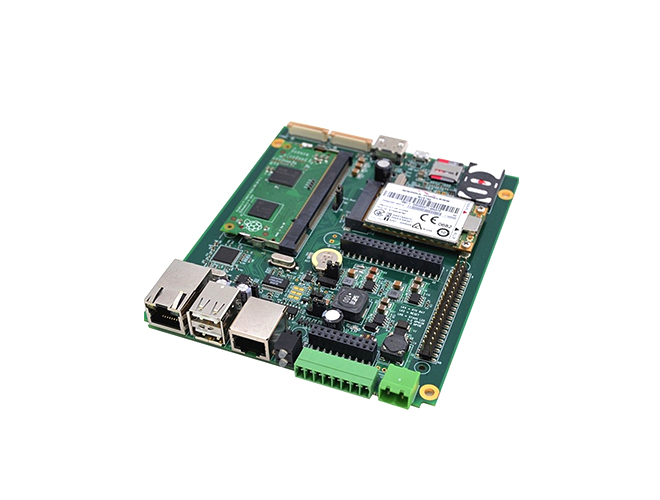-
CN
-
Service Hotline
+8618129931046 Mr. Liao


Time:2025-05-30 Views:1

Multilayer printed circuit boards (PCBs) are integral components in modern electronic devices, and their environmental reliability is of utmost importance. Environmental reliability testing is carried out to assess how these boards perform under various environmental conditions, ensuring they can function properly throughout their intended lifespan. These tests simulate real - world scenarios that the PCBs might encounter, such as temperature variations, humidity, vibration, and exposure to corrosive substances.
One of the key tests is temperature cycling. In this test, the multilayer PCB is subjected to repeated cycles of high and low temperatures. For example, it might be cycled between -40°C and 125°C multiple times. This simulates the thermal stress that the PCB experiences during operation, especially in applications where the device is exposed to extreme climates or experiences significant internal heat generation. During temperature cycling, the materials in the PCB, including the copper traces, dielectric layers, and solder joints, expand and contract at different rates. This can lead to mechanical stress, potentially causing cracks in the traces, delamination of the layers, or failure of the solder joints. By monitoring the PCB's electrical performance and physical condition during and after temperature cycling, engineers can evaluate its ability to withstand thermal stress and identify potential weaknesses.
Humidity testing is another crucial aspect. Multilayer PCBs are exposed to high - humidity environments, often with a relative humidity of 85% or more at a specific temperature, such as 85°C, for an extended period, typically hundreds of hours. High humidity can cause moisture absorption by the PCB materials, leading to issues like corrosion of the copper traces, degradation of the dielectric properties, and growth of conductive filaments. These factors can compromise the electrical integrity of the PCB. Through humidity testing, the impact of moisture on the PCB's performance can be determined, and appropriate measures, such as applying protective coatings or using moisture - resistant materials, can be taken to enhance its reliability.
Vibration and shock testing are also conducted to simulate the mechanical stresses that the PCB may encounter during transportation or operation in equipment with moving parts. Vibration testing involves subjecting the PCB to controlled vibrations at different frequencies and amplitudes, while shock testing exposes it to sudden, high - impact forces. These tests can reveal any loose components, weak mechanical connections, or structural vulnerabilities in the PCB. If the PCB fails to maintain its electrical functionality or shows signs of physical damage after these tests, design improvements are necessary to ensure it can withstand real - world mechanical stress.
In addition, exposure to corrosive substances, such as salt fog in marine - related applications or chemicals in industrial settings, is tested. Salt fog testing, for instance, involves exposing the PCB to a saline mist environment. The salt in the mist can accelerate the corrosion of the copper and other metal components on the PCB. By observing the corrosion rate and extent of damage, engineers can select more suitable materials and surface treatments to protect the PCB from corrosion, thereby enhancing its environmental reliability. Overall, environmental reliability testing of multilayer PCBs is essential for ensuring the quality, durability, and performance of electronic devices in diverse operating environments.